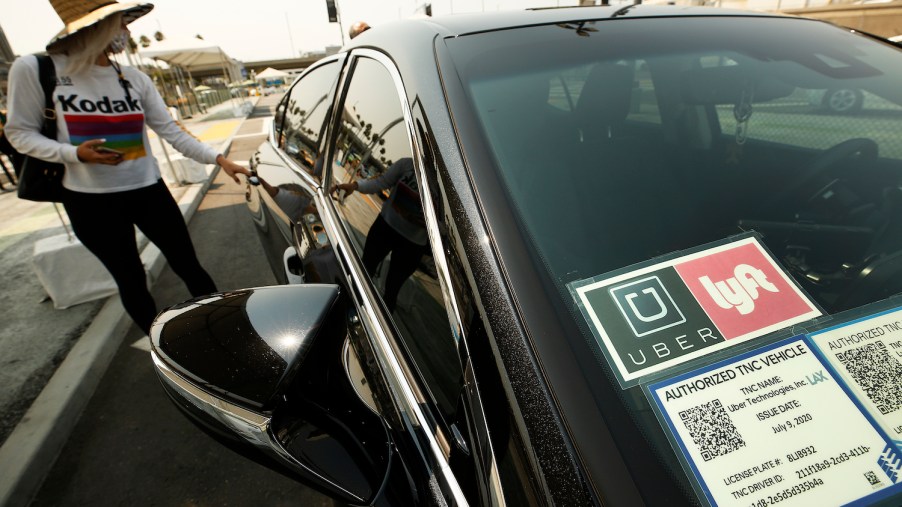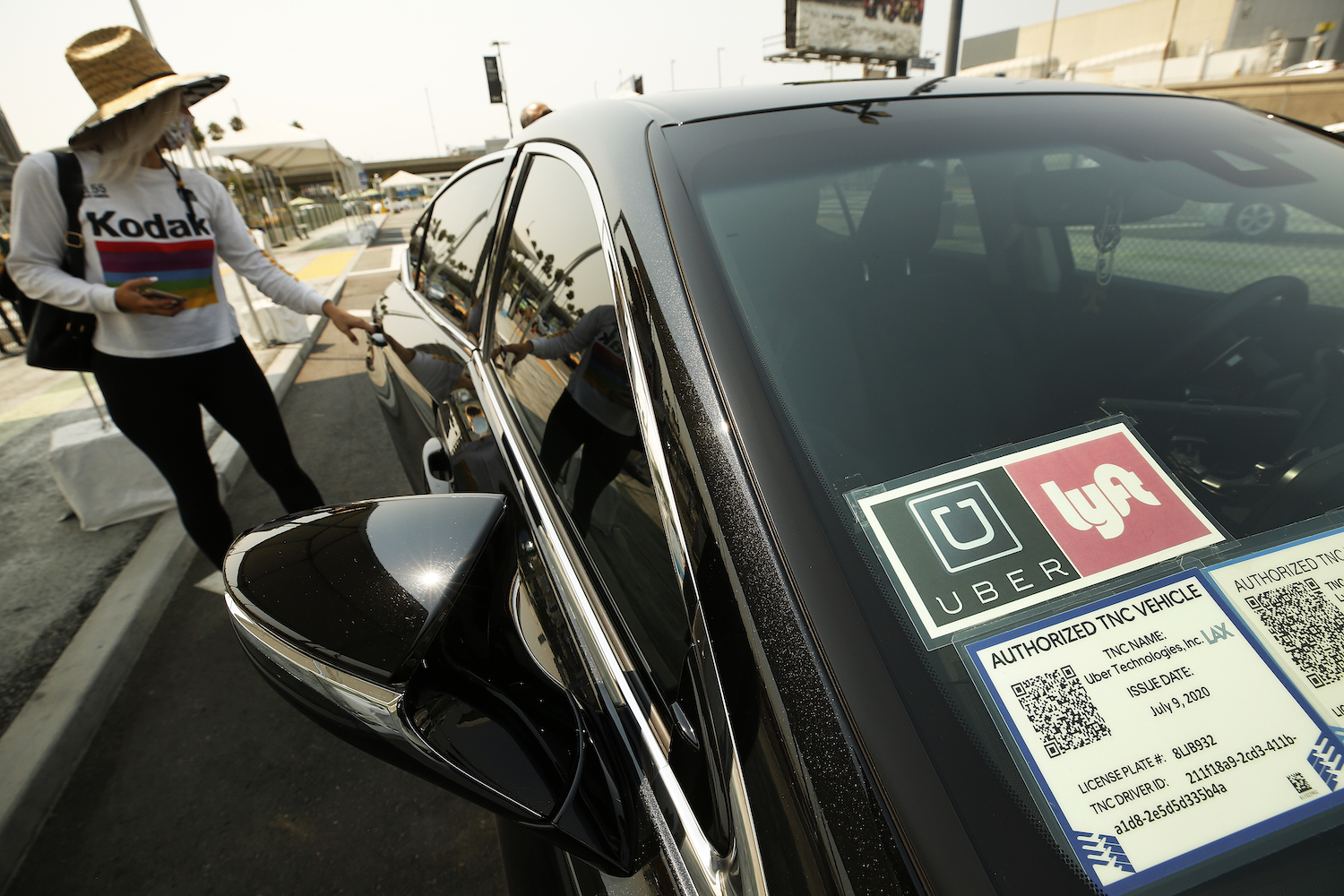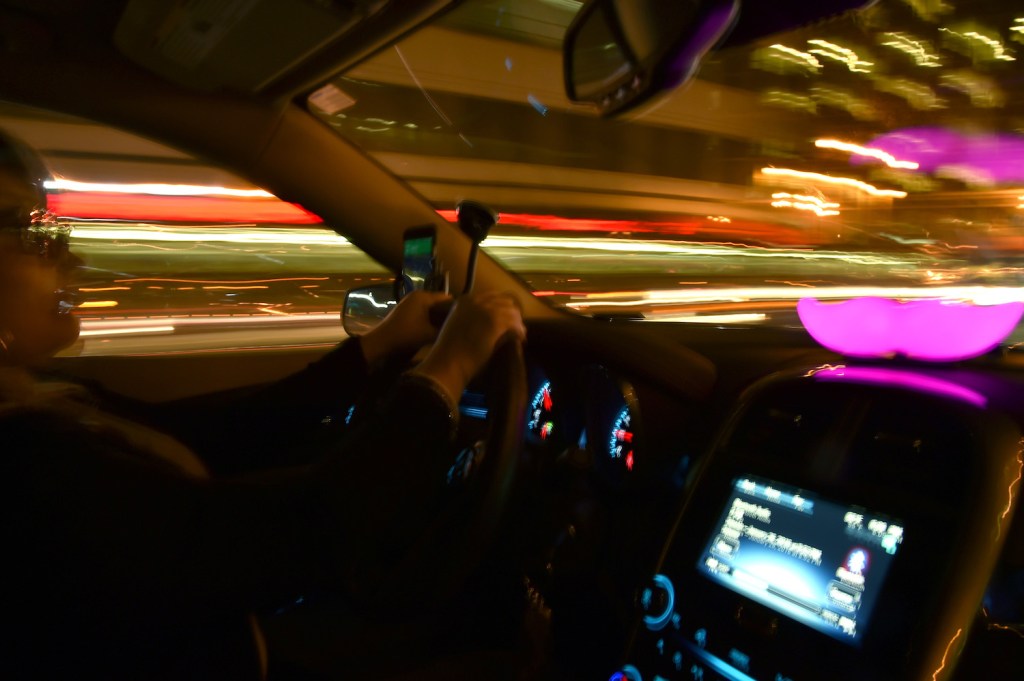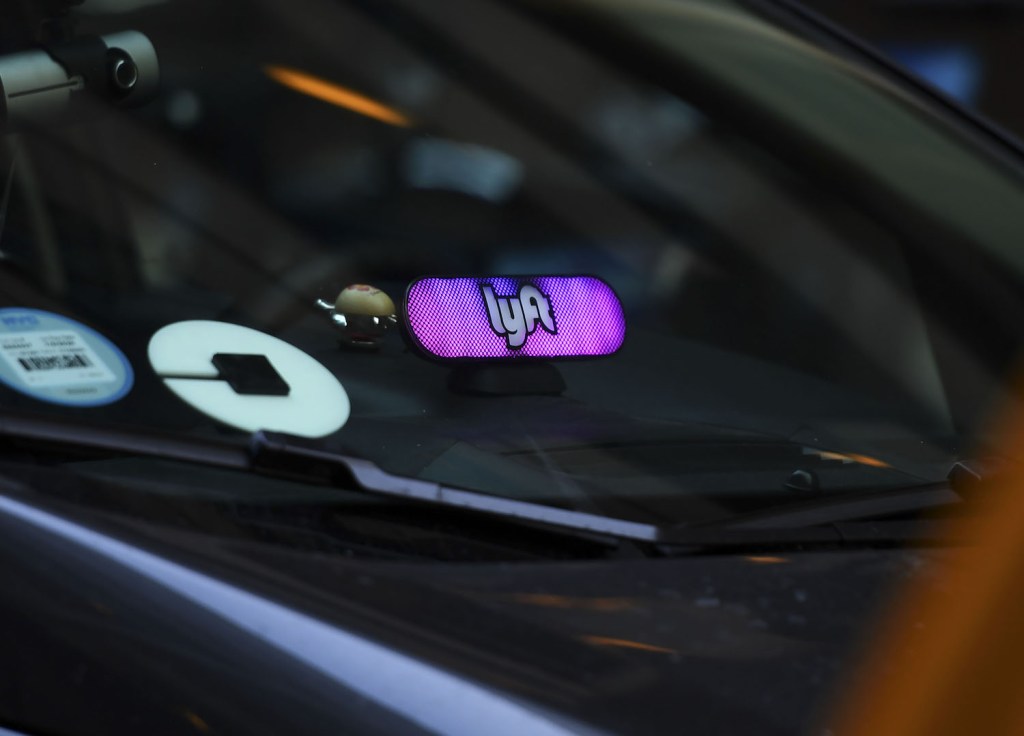
Lyft and Uber Safety Admit to 10,000 Sexual Assaults During Rideshares
Rideshare apps have normalized hopping into a stranger’s car. Now, both the Lyft and Uber safety divisions have published community safety reports, revealing 10,000 known sexual assaults committed during rideshares in just three years. These disturbing numbers reveal an often under-reported epidemic. However, the two data-driven reports also contain essential information that may help travelers stay safe in rideshares.
Rideshare companies received reports of thousands of assaults, hundreds of rapes

Both Lyft and Uber safety divisions have released community safety reports. Uber admits to roughly 6,000 known sexual assaults during rideshares in 2017 and 2018. Lyft admits to 4,000 sexual assaults from 2017 through 2019. These include incidents reported to the rideshare company, investigated by law enforcement, or shared on social media.
The reports reveal it is as dangerous to be a rideshare driver as a passenger. Uber safety states, “Drivers are victims, too.” It specifies that drivers and passengers report severe sexual assaults in equal numbers. Rideshare drivers have long known that being an Uber or Lyft driver can be dangerous.
In both reports, the companies divide sexual assault into 21 specific categories, five of which they consider “severe.” Thousands of drivers and riders reported assaults ranging from unwanted touching to unwanted kissing to attempted rape.
According to Lyft, the most common reported assaults fell into the “non-consensual touching of a sexual body part” category. In 2017, 2018, and 2019, Lyft received 360 reports of rape. In 2018 alone, Uber received 235 reports of rape.
Uber safety added that it recorded 3.1 million rideshare trips a day, and claim 99.9% go without a hitch. Lyft added that the reported “incidents” impact “0.0002% of all trips.”
Why Lyft and Uber safety divisions let assaulters walk

When Lyft receives a report of sexual assault, it investigates and offers support services. Services include information on counseling and information on how to contact authorities. Lyft does not, however, automatically contact authorities itself. According to the Washington Post, reports claim that the authorities are not always contacted, but instead the company defers to the person’s wishes.
The Uber safety division established an internal Special Investigations Unit to respond to the most sensitive reports. However, according to the Post, Uber restricts the unit’s members from reporting incidents to the police.
More than 20 members of Uber’s investigations unit spoke to the Post. These employees revealed that Uber conceived the team to shield itself from legal issues. They admit Uber directs them to quietly resolve allegations, avoiding scrutiny from the press and regulators.
Is there anything Lyft and Uber safety could have done?

The Uber safety team created an “in-app safety tool kit.” This includes a “call 911” function. The button sends an SOS and relevant trip information to the nearest emergency dispatcher.
In addition, Uber asks both riders and drivers to “check in” if a trip veers too far off course. Lyft also added a “panic” button so users can contact the police without exiting the app.
Potential drivers need to apply to both Uber and Lyft. A criminal background disqualifies Lyft driver candidates and disqualifies Uber driver candidates. Both companies have increased screening and background checks. As a result, Uber reports it’s weeded out 1 million prospective drivers.
But what happens when this system fails? Lyft stated that anyone who commits the crimes worth of its safety report gets “permanently removed from the Lyft community.” A banned user can no longer drive or ride using the app. The Uber safety team shares this policy. But members of Uber’s Special Investigation Unit revealed that the company does not share any information on dangerous drivers with its competitor, Lyft.
With the rideshare companies not reporting to authorities and not communicating with one another, what is the purpose of a ban? A driver reported for sexual assault on one service can leave with impunity and sign up for the competition to aggress again.
Conclusion
In the words of Lyft, “One of these incidents is too many.” Both companies are bravely sharing sexual assault numbers. In addition, they are both banning known sexual offenders. But they could potentially do so without contacting authorities or alerting one another. This could be a recipe for repeat offenders.
How to get help: In the U.S., call the RAINN National Sexual Assault Telephone Hotline at 1-800-656-4673 to connect with a trained staff member from a sexual assault service provider in your area.



